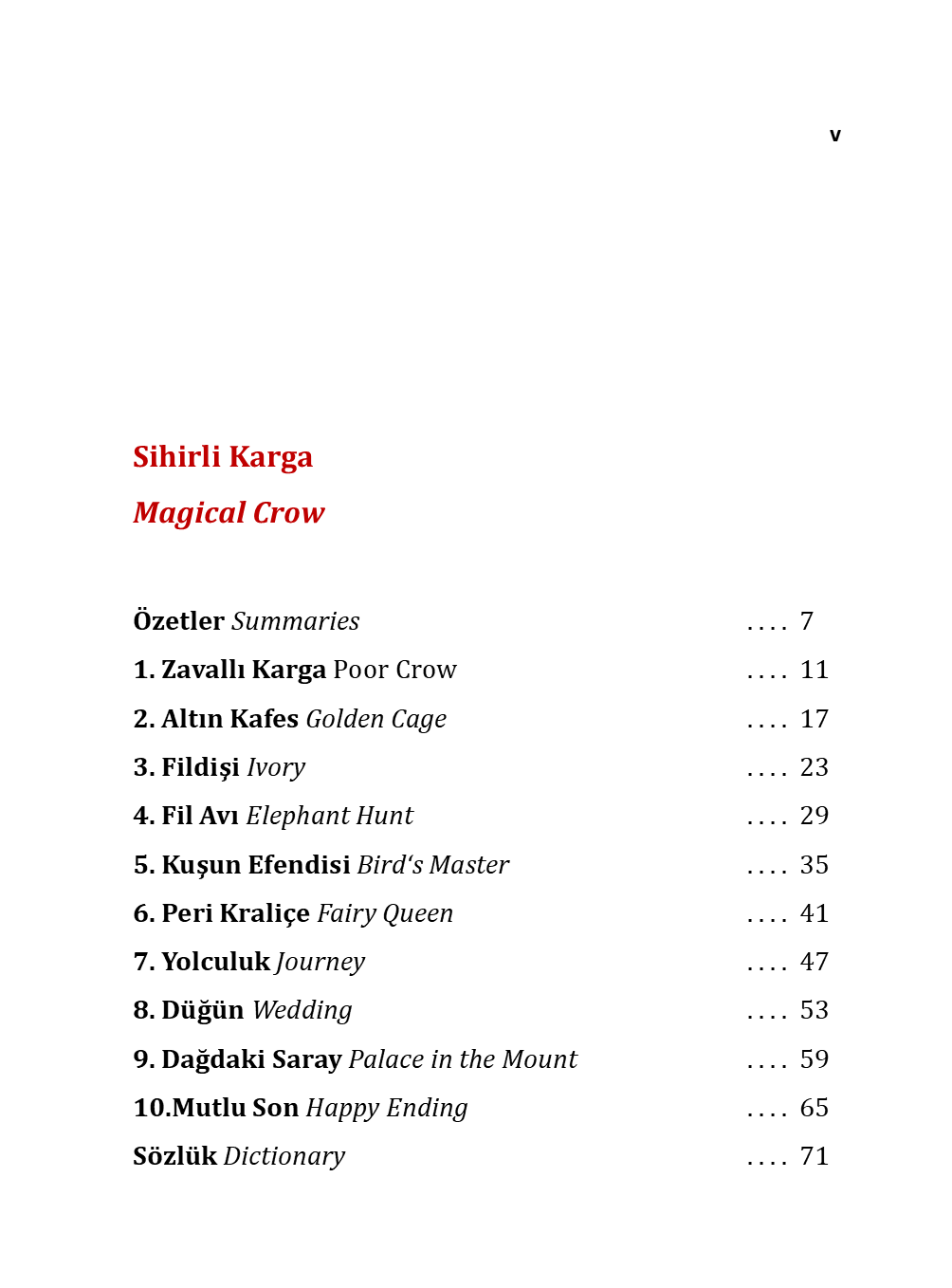
Turkish Scientist Dr. Aziz Sancar Who Received The Nobel Prize in Chemistry
In the annals of scientific history, certain names are etched in gold. For the nation of Turkey and the global scientific community, one such name is Dr. Aziz Sancar. On a crisp December day in 2015, this unassuming son of a farmer from Savur, Mardin, stepped onto the world's most prestigious stage in Stockholm to receive the Nobel Prize in Chemistry.
His journey is more than a personal triumph; it's a narrative that intertwines relentless curiosity, profound national pride, and a groundbreaking discovery that operates within every single one of our cells. Dr. Sancar’s work didn't just answer a fundamental question of biology—it unlocked the secrets of how life itself repairs the constant, invisible damage to its genetic blueprint. This is the story of the DNA guardian, a tale of how a determined scientist from Turkey illuminated one of life's most essential processes.
The DNA Guardian: How Turkish Scientist Dr. Aziz Sancar's Nobel Prize-Winning Research Changed Our World
Listen to this podcast interview about Dr. Aziz Sancar:
View this video about Dr. Aziz Sancar's life:
Unraveling the Surprising Genetic Tapestry of Modern Turks
From a Small Turkish Town to the Grand Stage of Science

To understand the magnitude of Dr. Aziz Sancar's achievement, one must first appreciate his origins. Born in 1946 in Mardin in southeastern Turkey, Sancar was raised in a family with no formal education but with an immense respect for knowledge. His path was not paved with privilege but with sheer intellectual grit. He attended the prestigious Istanbul University Faculty of Medicine, graduating with an M.D. in 1969.
Mardin: Turkey’s Mesopotamian Masterpiece
It was during his medical training that the seeds of his future research were sown. Fascinated by the fundamental mechanisms of life, he became particularly intrigued by DNA repair and photolyase enzymes. Despite practicing as a physician in rural Turkey for a time, the pull of basic scientific research was irresistible. With a bold vision, he moved to the United States, earning his Ph.D. in Molecular Biology from the University of Texas at Dallas.

His career path took him to the Yale University School of Medicine for a postdoctoral fellowship, a crucible where many great scientists are forged. It was here, facing significant challenges and working with immense dedication, that he began the critical work that would eventually lead to the Nobel Prize. He later settled at the University of North Carolina at Chapel Hill, where he continues his research to this day.
Cracking the Cell's Repair Manual: The Science of Nucleotide Excision Repair
So, what exactly did Dr. Sancar discover that warranted the highest honor in science? The 2015 Nobel Prize in Chemistry was awarded for "mechanistic studies of DNA repair." Dr. Sancar shared the prize with Tomas Lindahl and Paul Modrich, each of whom mapped different repair systems. Sancar’s specific, monumental contribution was mapping Nucleotide Excision Repair (NER).

But let's break that down. Why does DNA need repairing in the first place?
Our DNA is under constant assault. Ultraviolet (UV) radiation from the sun, environmental toxins, cigarette smoke, and even normal metabolic processes within our cells cause tens of thousands of lesions in our DNA every single day. One of the most common types of damage is the UV-induced thymine dimer, where two adjacent thymine bases stick together, creating a kink in the DNA double helix. If left unrepaired, this kink can cause mutations during cell division, which can lead to cancer and other diseases.
For decades, scientists understood that cells had to have a way to fix this damage, but the "how" remained a black box. Dr. Sancar dedicated his career to opening that box.

He meticulously mapped how a team of specialized proteins, like a microscopic surgical crew, performs NER:
- Damage Recognition Proteins scan the vast landscape of the genome, identifying a distortion like a thymine dimer.
- Incision Once the damage is found, other proteins make two precise cuts in the DNA strand on "both" sides of the damaged segment.
- Excision The damaged snippet of DNA, typically around 24-32 nucleotides long, is removed.
- Synthesis and Ligation Using the undamaged complementary strand as a perfect template, a DNA polymerase enzyme synthesizes a new, correct segment to fill the gap. Finally, a DNA ligase enzyme seals the new segment into place, restoring the DNA to its original, healthy state.
Dr. Sancar didn't just theorize this; he "proved" it. Through a series of elegant and complex experiments, he isolated the very enzymes involved, reconstituted the entire repair process in a test tube, and provided a definitive, step-by-step molecular map of NER. This was a tour de force in biochemistry and molecular biology.
Why Does This Matter? The Real-World Impact of DNA Repair Research

The significance of understanding Nucleotide Excision Repair extends far beyond a textbook diagram. It has profound implications for human health and medicine.
Understanding Cancer Origins and Treatment
Many forms of cancer are directly linked to failures in DNA repair systems. For example, the genetic disease Xeroderma Pigmentosum leaves patients extremely sensitive to UV light and with a massively elevated risk of skin cancer because they have a defect in their NER pathway. Dr. Sancar’s work provides the foundational knowledge to understand these diseases. Furthermore, many cancer therapies, like chemotherapy and radiation, work by deliberately damaging the DNA of rapidly dividing cancer cells. Understanding how cells repair DNA helps scientists develop better, more targeted therapies that can exploit the repair weaknesses of cancer cells while sparing healthy ones.
The Circadian Clock Connection

In a fascinating parallel line of research, Dr. Sancar has also made significant contributions to our understanding of the circadian clock—the body's 24-hour internal rhythm. He discovered that the levels of key proteins involved in DNA repair fluctuate throughout the day, suggesting that our cells may be optimally primed for DNA repair at specific times. This has opened up the potential field of chrono-chemotherapy, where cancer drugs could be administered at a time of day when they are most effective and least toxic.
A Pillar of Modern Molecular Biology
The discovery of NER is a cornerstone of our comprehension of genomic stability. It explains how our genome remains relatively stable over a lifetime despite constant damage, which is essential for understanding aging, evolution, and the very maintenance of life.
A Symbol of National Pride and a Champion of Science Education

Dr. Aziz Sancar’s Nobel Prize was a watershed moment for Turkey. He is only the second Turkish-born Nobel laureate in any field (after Orhan Pamuk in Literature) and the first in a scientific discipline. His achievement triggered an outpouring of national pride. Overnight, he became a household name and a role model for millions of young Turks and students across the Muslim world.
He has embraced this role with humility and purpose. Together with his wife, Dr. Gwen Sancar, also a accomplished scientist, he established the Aziz & Gwen Sancar Foundation, which promotes Turkish culture and, crucially, supports young Turkish scientists. Their most notable initiative is the Carolina Türk Evi (Turkish House) in North Carolina, a home away from home for Turkish researchers and students, fostering a supportive community for the next generation of scientists.

Dr. Sancar consistently uses his platform to advocate for science education, critical thinking, and the importance of evidence-based research. He embodies the idea that scientific excellence can emerge from any background, given the right combination of curiosity, hard work, and opportunity.
The Legacy of a Humble Pioneer
What makes Dr. Aziz Sancar’s story so compelling is the beautiful juxtaposition of his humble beginnings and his world-altering achievements. He is a man who never forgot his roots. In a deeply symbolic gesture at his Nobel Prize ceremony, he brought his award to the mausoleum of Mustafa Kemal Atatürk, the founder of the Turkish Republic, laying it there as a gift to the nation. He frequently speaks of his family and his Turkish heritage as the bedrock of his perseverance.
His career is a masterclass in dedication. He is known for his meticulous, painstaking approach to experimentation, often working long hours and focusing on a single, complex problem for years. He didn't chase trends; he chased the truth. His success is a powerful rebuttal to the notion that only certain countries or institutions can produce world-class science.
Conclusion: The Enduring Light of Discovery

Dr. Aziz Sancar’s journey from a small town in Turkey to the podium in Stockholm is a modern epic. It is a story that reaffirms the universal power of human curiosity. His mapping of Nucleotide Excision Repair gave us the manual to one of life's most critical maintenance processes, deepening our understanding of cancer, genomic integrity, and cellular function.
But his legacy is dual-layered. Scientifically, he is the DNA guardian, the man who showed us how our cells fight a daily, invisible battle to preserve our genetic identity. Culturally, he is a beacon of inspiration, a proud Turkish scientist who demonstrated that with passion and perseverance, the highest peaks of knowledge are attainable.
As we continue to build upon his discoveries in the fight against disease and the quest to understand life's intricacies, the work of Dr. Aziz Sancar stands as a brilliant testament to the fact that the most profound truths are often hidden in the smallest of places, waiting for a curious and determined mind to bring them to light.












